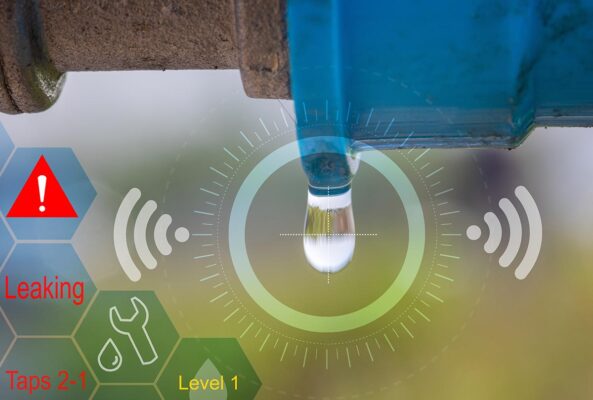Looking Ahead: The Importance of Mission-Critical Solutions
By Noam Shany
August 15, 2023
By Noam Shany
August 15, 2023

The phrase mission-critical might mean something different depending on the industry, application and user. In other words, whether something is mission-critical is often in the eye of the beholder.
A consumer’s home IoT device is as mission-critical to them as a business’ IoT solution. Downtime causes significant disruption in both scenarios. Moreover, a solution is only mission-critical if it is resilient, always on and redundant.

Another marker of a mission-critical solution is if the IoT application is time sensitive. For example, an operator must perform actions in real time from the end device for applications like:
In these scenarios, an always-on connectivity solution is vital. However, there will be issues if the operator loses connection to these end devices, even for a brief time.
A solution is not mission-critical if it relies solely on a single operator. An organization cannot achieve reliable cellular connectivity if they depend on one solution from a single provider.
Imagine a company deploys a critical asset in a foreign country but links the solution with a local mobile network operator (MNO). The company will lose connection to its device if the MNO suffers a core network outage. Even a simple commercial dispute can cause a disruption.
However, IoT mobile virtual network operators (MVNOs) can offer a global roaming solution. The network structure permits them to provide more than one network and carrier to the customer.
Best-in-class MVNOs enable their customers to switch carriers or to the secondary carrier. They do this automatically through the network during an outage or to resolve gaps in coverage. Due to national roaming restriction regulations, a local carrier can’t provide a redundant, robust solution. In addition, its global roaming offering is limited in most cases, as it doesn’t leverage multi-IMSI and isn’t based on IoT roaming agreements.

Many debate whether global roaming is reliable for achieving robust connectivity for mission-critical solutions. Global roaming lets consumers or IoT devices connect to local networks outside an MNO’s home geography. It enables seamless cellular communications in multiple coverage areas. Embedded Universal Integrated Circuit Cards (eUICCs) add a layer with localized SIMs (i.e., SIMs that use local MNO connectivity profiles) for unique markets with permanent roaming restrictions.
eUICC use cases enhanced with the latest industry standards utilize it to change networks when outages or even commercial issues arise. With eUICC’s introduction, some say that global roaming is irrelevant. However, both bring unique value and even complete each other.
Global roaming is preferable if an organization’s IoT deployment covers multiple markets or needs several networks in each market. Alternatively, eUICC allows organizations to load and switch between profiles. This capability makes it ideal for manufacturers wanting to develop devices that function in various geographies.
Moreover, a multiple International Mobile Subscriber Identity (multi-IMSI) solution allows users and device managers to use more than one network option. It’s another dependable means of attaining mission-critical connectivity.
NExTPlus™, powered by Telit Cinterion, uses the eUICC standard for remote provisioning with native profiles. Its multi-IMSI, multiprofile capabilities empower you with future-proof connectivity. This solution allows IoT customers to switch between global roaming and local profiles remotely. Request your IoT connectivity starter kit today to begin future-proofing your global IoT deployments.